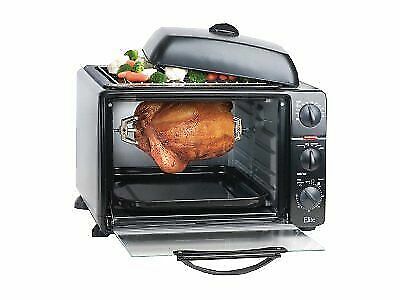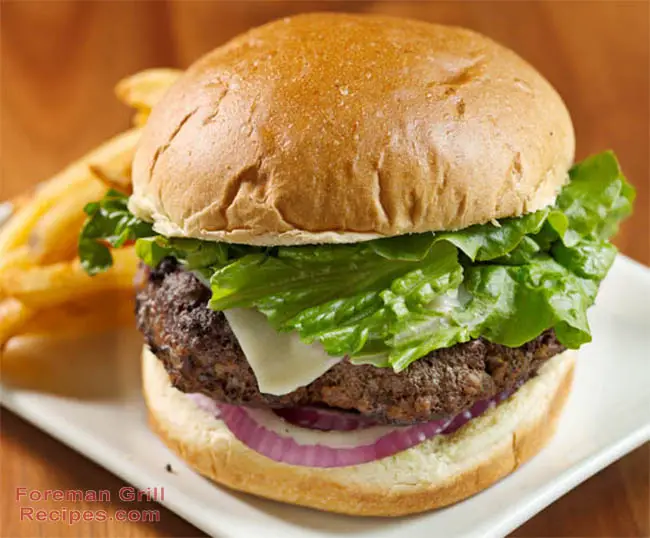How to Tell if Fried Chicken is Spoiled
Fried chicken is a popular dish enjoyed by many people, but it’s essential to know how to tell if it has gone bad. Spoiled food can lead to severe health problems, such as food poisoning and potential chronic diseases. In this article, we’ll explore the signs of spoiled fried chicken and the causes of spoilage. We’ll also provide tips on how to keep your fried chicken fresh and safe, and other concerns and precautions you should consider when eating fried chicken.
What is Fried Chicken?
Fried chicken is a dish consisting of chicken pieces seasoned and coated in flour or breadcrumbs before being deep-fried or pan-fried. It is often served with sides like coleslaw, mashed potatoes, and gravy. Fried chicken has become a favorite comfort food for many people worldwide because of its crispy exterior and juicy interior. However, like any other food, it can go bad when not stored correctly or handled improperly.
Signs That Fried Chicken is Spoiled
It’s easy to know if your fried chicken has gone bad by examining its appearance, texture, and taste. Here are some signs that your fried chicken is no longer good to eat:
Appearance:
- Discoloration: Freshly cooked fried chicken should have a golden-brown color. If you notice that the chicken’s color has changed to gray or greenish-yellow, it signifies that it’s no longer fresh.
- Mold: Check for any mold growth on your fried chicken. Mold on fried chicken indicates bacterial growth and should be discarded immediately.
- Foul Odor: A rancid smell coming from your fried chicken signifies spoilage.
Texture:
- Slimy or Oily Surface: When fried chicken goes bad, it becomes slimy due to bacterial growth. You’ll notice an oil slick or slimy residue on the chicken’s surface.
- Soft or Soggy Breading: A good fried chicken has crispy breading, but when it goes bad, the breading turns soft or soggy.
Taste:
- Sour or Rancid Flavor: If your fried chicken tastes sour, bitter, or rancid, discard it right away. These flavors indicate spoilage and may cause food poisoning if consumed.
Causes of Spoilage in Fried Chicken
Several factors can lead to the spoilage of fried chicken. Knowing these causes can help you prevent spoilage and keep your food fresh for longer. Here are some common causes of spoilage in fried chicken:
Bacteria Growth:
- Salmonella: This type of bacteria is found in raw poultry and eggs and can contaminate cooked chicken when undercooked or not stored correctly.
- Staphylococcus aureus: This bacteria is commonly found on human skin and can contaminate food through improper handling of food by an infected individual.
- Clostridium perfringens: This bacteria grows in an oxygen-free environment and can reproduce quickly in improperly cooled gravy or stuffing used in preparing fried chicken.
- Campylobacter jejuni: This bacteria is prevalent in raw poultry and can cause severe gastrointestinal illness when consumed in cooked food.
- Listeria monocytogenes: This bacteria can grow at refrigeration temperatures and is responsible for severe illness in pregnant women, newborns, elderly people, and people with weakened immune systems.
Leaving Fried Chicken at Room Temperature for Too Long:
- Fried chicken left at room temperature for more than two hours provides a conducive environment for bacterial growth, leading to spoilage.
Improper Storage:
- Contaminated surface area: Bacteria can cross-contaminate your fried chicken if stored on the same surface as raw meat or other contaminated food items.
Tips for Keeping Fried Chicken Fresh
Proper handling, storage, and reheating techniques can help you keep your fried chicken fresh and safe. Here are some tips to follow:
Proper Handling:
- Washing Hands: Always wash your hands with soap and water before handling food or preparing fried chicken.
- Keeping Kitchen Surfaces Clean: Sanitize kitchen surfaces after food preparation, especially when handling raw meat products.
Storage:
- Keeping Fried Chicken in the Refrigerator: Store leftover fried chicken in the refrigerator at temperatures below 40°F. Consume within 3-4 days of cooking.
- Freezer Storage: Fried chicken can be stored in the freezer at 0°F or lower, wrapped in plastic or aluminum foil. It can last up to four months in the freezer.
- Insulated Bag: When transporting fried chicken, use an insulated bag or cooler that will keep it hot or cold above 140°F or below 40°F.
Reheating:
- Ensuring Proper Heating Temperature: Reheat fried chicken to an internal temperature of at least 165°F to kill harmful bacteria that might have grown on it.
- Duration: Avoid overcooking when reheating to avoid drying the fried chicken out.
- Method: The best way to reheat fried chicken is in the oven, air fryer, or toaster oven. Avoid using the microwave as it can make your fried chicken soggy.
Other Concerns and Precautions When Eating Fried Chicken
Nutritional Content of Fried Chicken:
- High Amount of Fat and Calories: Fried chicken is high in calories, unhealthy fat, and salt. Overconsumption of these can lead to obesity, high blood pressure, and heart disease.
- Low Nutrients: While chicken is an excellent source of protein, vitamins, and minerals, frying the meat reduces its nutritional value.
Health Risks Associated with Consuming Spoiled Food:
- Food Poisoning: Consuming spoiled fried chicken can cause food poisoning characterized by vomiting, diarrhea, abdominal pain, and fever.
- Potential Chronic Diseases: Eating spoiled food consistently can lead to long-term health issues such as kidney disease, liver disease, and even cancer.
Social Responsibility:
- Reducing Food Waste by Properly Identifying Expired Food: Proper identification of expired food items limits food waste in our societies and promotes healthy eating habits.
Conclusion
In conclusion, knowing how to identify if your fried chicken has gone bad is essential for your health. Some common signs of spoilage include discoloration, mold growth, foul odor, slimy or oily surface, soft or soggy breading, sour or rancid flavor. Causes of spoilage include bacteria growth in raw or cooked chicken products left at room temperature for too long or improper storage techniques. You can keep your fried chicken fresh by properly handling, storing, and reheating it. It’s also essential to consider other concerns such as the nutritional content of fried chicken, health risks associated with consuming spoiled food, and social responsibility in reducing food waste. By following these tips, you can keep enjoying your delicious fried chicken while staying healthy and safe.
What are the signs of spoiled fried chicken?
When fried chicken is spoiled, it loses its original color, smell, and taste. So, if your fried chicken appears to be grey or dull in color, smells bad, and tastes off, these are the signs that it has gone bad.
How long is fried chicken good for?
When stored in an airtight container in the refrigerator, fried chicken can stay fresh for up to four days. Any longer than that, and it’s best to toss it out.
Can I get sick from eating spoiled fried chicken?
Yes, eating spoiled fried chicken can cause food poisoning since it contains harmful bacteria such as Salmonella and Campylobacter. Symptoms include diarrhea, vomiting, stomach cramps, and fever. It’s always better to err on the side of caution.
How can I prevent my fried chicken from spoiling too quickly?
One way to prevent your fried chicken from spoiling is to store it properly in an airtight container in the refrigerator as soon as possible after cooking. Additionally, avoid leaving fried chicken out at room temperature for too long during serving times. Finally, make sure to check the chicken before eating and discard any pieces that appear off either in color or odor.







